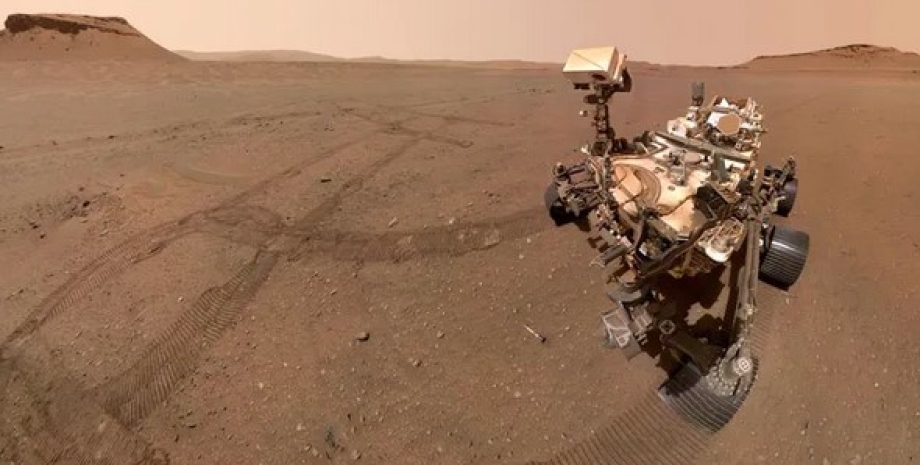
 By Victor Duda
By Victor Duda
Subscribe not to miss the latest and most intrusive news from the world of science! NASA has announced a competition for new ideas for the implementation of Mars sample Return's mission after it turned out that the current $ 11 billion mission budget is too big. It also turned out that the mission is very complicated. Former NASA Chief Researcher, Jim Green, presented the concept of Boeing, which can be a solution to the problems that arose from the US Space Agency.
The concept is based on the use of Space Launch System (SLS) missiles created by Boeing. According to Green, a giant rocket, which showed good results during its first and so far flight during the Artemis 1 monthly mission at the end of 2022, can carry all the equipment required for carrying out an ambitious mission on Mars with the participation of several spacecraft. According to Green, in order to reduce the complexity of the mission, the new concept provides only one launch of the SLS rocket.
The NASA preliminary plan provided several launches for the landing module and the Mars Ascent Vehicle rocket to the surface of Mars so that the latter could pick up the samples collected by the Perseverage rover, and send them to the orbital device. The concept of one -time starting Boeing provides delivery to Mars of all necessary at a time. The proposed Boeing plan involves the use of a rover to collect PERSEVERANCE samples.
A two -stage rocket with a sampling container and a sealing system will be able to reach Mars orbits, and then run their engines and go home instead of making Mars orbiting and joining the orbital apparatus, as initially. But despite the attempt to reduce costs, the use of a giant SLS missile in itself will be very expensive. One launch may cost $ 2 billion.
Unlike Boeing's offer to use a giant rocket, NASA also has the idea to use a smaller rocket and pick up not 43 titanium tubes with samples, but much less. The Mars Sample Return project remains a priority mission to Mars for NASA, as previously stated by the head of Bill Nelson. But the final decision on its implementation has not yet been made.










All rights reserved IN-Ukraine.info - 2022